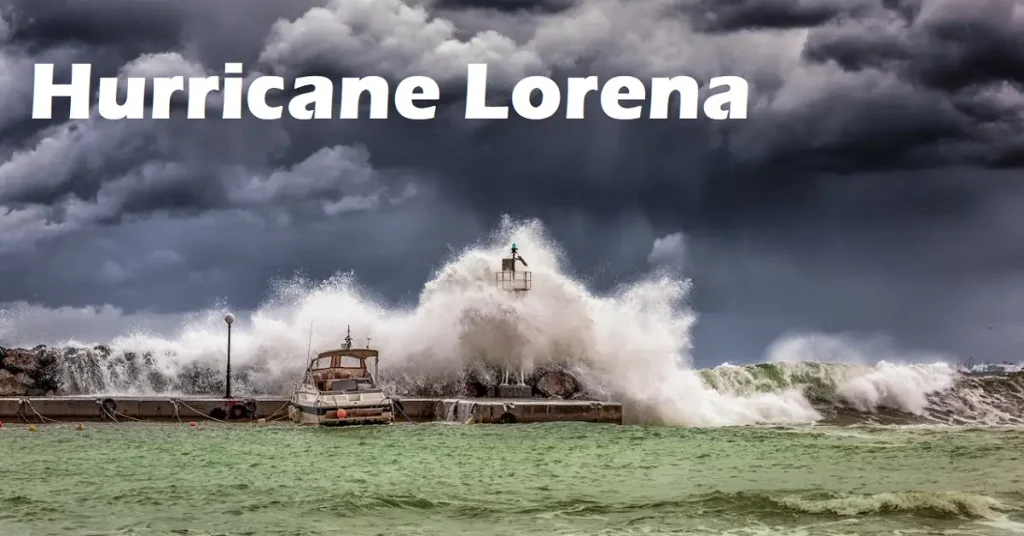What’s Hurricane Lorena and How Serious Is That? The remnants of Hurricane Lorena are causing a serious and widespread flood risk in Mexico and the U.S. Southwest. Discover what’s next for the storm and how to stay safe from its lingering dangers.
When a storm’s official name changes, it might seem like the threat has passed, but that is rarely the case. Hurricane Lorena, which once swirled as a powerful Category 1 storm, has since been downgraded to a post-tropical cyclone or remnant low. Despite this, its lingering effects are proving to be a serious and ongoing risk.
The seriousness of this situation lies not in the storm’s current wind speed, but in the immense amount of moisture it continues to carry. This is a crucial point for anyone living in or traveling to the affected regions, as the danger has shifted from wind to water.
As the remnants of Lorena move, they are funneling a surge of tropical moisture across a wide area. In Mexico, particularly along the Baja California peninsula, this has resulted in life-threatening flash flooding and mudslides. Authorities have been actively responding to urban flooding, clearing debris and helping residents.
Meanwhile, this same moisture is now streaming into the United States, enhancing the seasonal monsoon pattern across the Southwest. It is expected to bring heavy rainfall to parts of Arizona, New Mexico, and Texas. A person living in a mountainous region might assume they are safe from a tropical storm, but a sudden influx of rain can trigger dangerous debris flows and flash floods in a matter of minutes. This is a situation where even a small amount of rainfall can be catastrophic in a short amount of time, a crucial aspect of post-storm weather that is often overlooked.
So, how serious is it? The risk is very real, especially for those in low-lying areas or near rivers, streams, and burn scars from previous wildfires. Forecasters are predicting several inches of rain in these regions, with isolated amounts potentially reaching up to 5 inches. This is a significant amount of rain that can cause major problems.
A practical tip for anyone in an affected area is to monitor local news and official alerts from agencies like the National Hurricane Center. Following official guidance is the most important step one can take to stay safe. Have you or someone you know ever had to deal with a post-storm flooding threat? What were the biggest challenges you faced? Share your experiences and any tips you might have for others in the comments below!
See More:
- How to Install iOS 26 Public Beta 9 on Your iPhone
- Unlock Unlimited Travel: Frontier’s GoWild Annual Pass Now Just $299—Hurry, Offer Ends Soon!
- MLS CBA Could Mean Multi-Match Ban for Luis Suárez After Seattle Spitting Scandal
- The Unbelievable Reason Your Favorite Mexican Restaurant Abuelo’s Just Filed for Bankruptcy
- RV Shockwave: Escanaba Camping World Closure Caught a Michigan Community Off Guard
- Unpacking McDonald’s New Special Edition Gold Sauce: The Golden Arches Strikes Gold
- Amazon Prime Membership Free Shipping Is Ending—Here’s What You Need to Know Before October 1
- Where to Watch John Candy I Like Me Documentary

